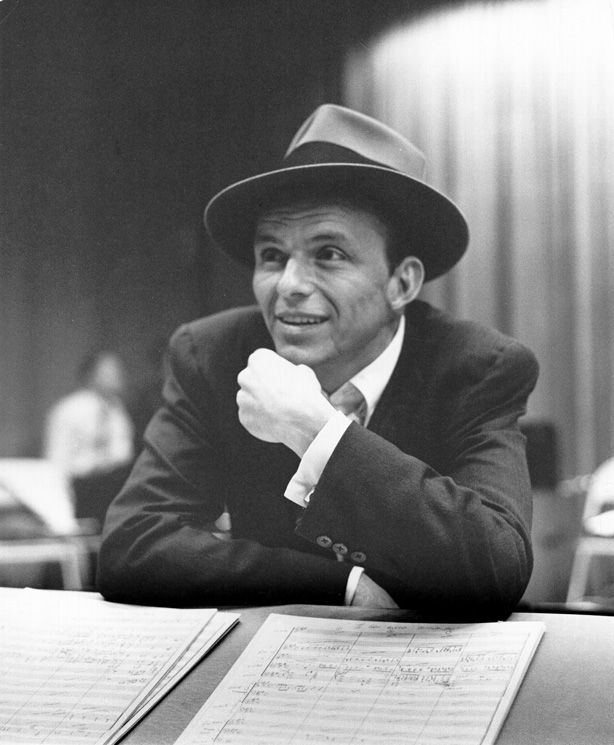

In the 1950s, fedora hats were a defining feature of men’s fashion, symbolizing a perfect blend of elegance, authority, and timeless style. These hats, often
made from soft felt, were distinguished by their wide brims and indented crowns, which were pinched at the front, giving them a structured yet versatile shape. The crown usually had a lengthwise crease, while the brim could be worn snapped up for a sharp, polished look, or down for a more casual, relaxed appearance. Fedoras were predominantly seen in neutral shades such as grey, black, and brown, but darker hues like navy and forest green were also popular. These understated colors allowed them to be seamlessly paired with formal attire, particularly suits, overcoats, and trench coats, making the fedora a staple accessory for businessmen, politicians, and stylish men of the era.
The fedora wasn’t just a functional piece of clothing—it was a cultural icon. Popularized by Hollywood films, particularly in the noir genre, the hat became associated with hardboiled detectives, gangsters, and leading men who exuded charisma, mystery, and authority. Humphrey Bogart, one of the most famous film stars of the time, became almost synonymous with the fedora due to his roles in classics like Casablanca and The Maltese Falcon, where he donned the hat as part of his cool, tough-guy persona. The fedora’s association with film noir gave it an aura of intrigue and danger, making it much more than just a fashion accessory—it was a symbol of confidence, sophistication, and an air of mystery.
During this decade, men from all walks of life embraced the fedora, wearing it not only as a fashion statement but as a mark of status and refinement. The hat’s versatility meant it could be worn in a variety of settings, from boardrooms and formal events to casual outings, always adding an extra touch of class. Whether tilted slightly to the side for a rakish effect or worn straight for a more conservative look, the fedora was a reflection of the wearer’s personality. Its ability to transition from a functional accessory to a cultural symbol ensured its lasting legacy, making it one of the most iconic fashion items of the 1950s.